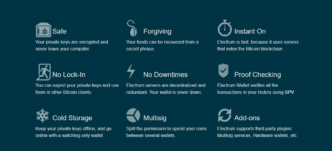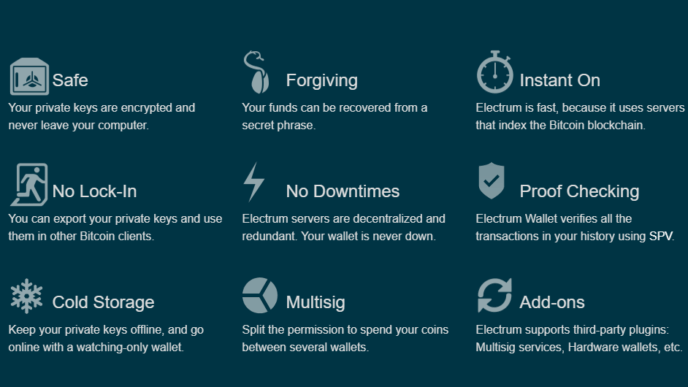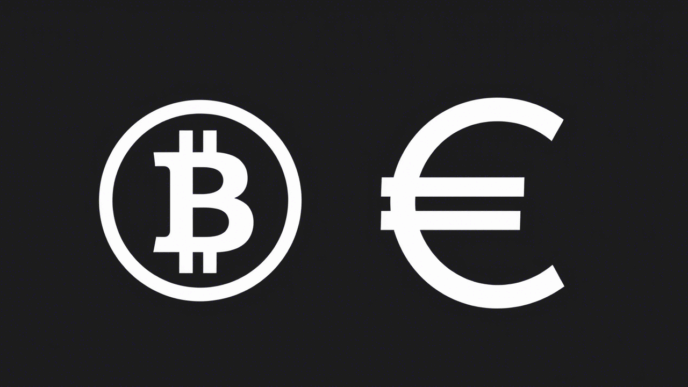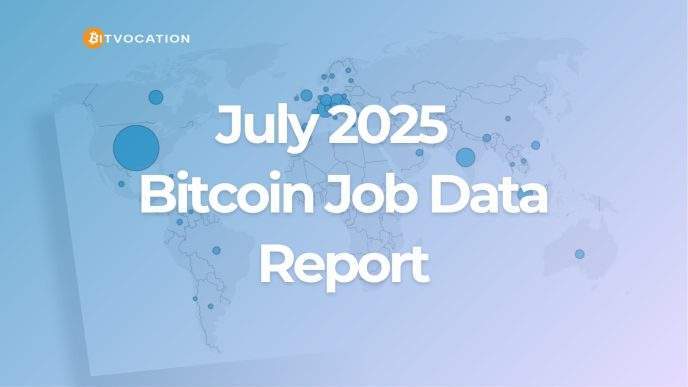The Bitcoin Lightning Network, a Layer 2 scaling solution, is changing bitcoin’s potential as a global means of exchange in 2025.
With reported network capacity reaching 7,500 BTC and transaction volumes increasing, Lightning is allowing faster, cheaper transactions, solidifying its role as a cornerstone of bitcoin’s evolution.
Scaling Bitcoin: Lightning’s Answer to Slow Payments
Introduced in 2015 by Thaddeus Dryja and Joseph Poon, the Lightning Network addresses bitcoin’s scalability issues by processing transactions off the main blockchain.
Unlike bitcoin’s primary ledger, where high fees and slower confirmations can render small transactions impossible, Lightning allows near-instant, low-cost payments through secure payment channels. Only the final channel state is recorded on-chain, removing network congestion and reducing costs.
The network leverages bidirectional payment channels, secured by commitment transactions and revocation keys, to ensure trustless operation.
Hash-timelock Contracts (HTLCs) allow multi-hop payments across interconnected channels, while a gossip protocol distributes network topology, and onion routing protects user privacy. These features make Lightning ideal for everyday transactions, from micro-payments to retail purchases, making bitcoin a better alternative to traditional payment systems.
As of June 30, 2025, the Lightning Network is complementing bitcoin’s role as a practical currency, with unprecedented growth in capacity, adoption, and technological innovation.
Lightning’s Surge: Bitcoin Transactions Hit New Peaks
The Lightning Network has seen impressive growth in 2025. With speculations of a record-breaking capacity of 7,500 BTC, a major improvement from previous figures of 5,000 BTC in 2022 according to Investopedia, and 4,407.21 BTC earlier this year, as reported by Securities.io.
While real-time node explorers like 1ML or Amboss are needed to confirm this milestone, the reported growth is in line with the network’s upward trajectory.
Transaction volumes are also increasing. A June 2025 Bitcoin Magazine report confirms $1.5 billion in Lightning-powered trading volume. Business adoption is also gaining attention, with companies increasingly integrating Lightning for instant, cost-effective payments.
A February 2025 Fidelity Digital Assets report states record business adoption in 2024, a trend continuing into 2025. Financial incentives are further boosting participation, with routing nodes earning up to 9.7% APR by providing liquidity.
New Tech Powers Lightning’s Rise in 2025
Cutting-edge technological developments are expanding the Lightning Network’s capabilities. Key implementations—LND (Lightning Labs), CLN (Blockstream), Eclair (ACINQ), and LDK (Spiral)—ensure strong interoperability.
The integration of RGB protocol by Lnfi Network allows smart contracts on Lightning. Additionally, the Taro protocol supports tokenized asset transfers, unlocking use cases like decentralized finance (DeFi) and beyond.
These innovations transform Lightning into more than a payment network, capable of supporting complex financial applications while maintaining bitcoin’s security and decentralization.
Lightning’s Challenges and the Path to Success
Liquidity remains a major challenge, as users must pre-fund channels to receive payments.
Lightning Service Providers (LSPs) are addressing this by offering liquidity and simplifying channel management, as detailed in KuCoin Learn. There are also risks like costs and potential fraud, but continuing solutions like watchtowers are minimizing these concerns.
Routing complexity, due to the decentralized nature of the network, is another issue. The gossip protocol and onion routing maintain efficiency and privacy, but large-scale routing demands ongoing developments.
Improvements in routing algorithms and LSP support are making Lightning more user-friendly, increasing its accessibility.
The Road Ahead: Lightning’s Role in Bitcoin’s Rise
The Lightning Network is key to bitcoin’s growth as a global medium of exchange. A Simpleswap analysis predicts strong growth through 2030, driven by Lightning’s ability to deliver fast, low-fee transactions.
While the reported “tens of billions” in transaction volume requires further confirmation, the network’s scalability—potentially rivaling traditional systems like Visa—positions it for increased adoption.
With Fidelity Digital Assets predicting continued business integration in 2025, Lightning’s low-cost fees and fast settlements make it suitable for retail and cross-border payments, which is in line with bitcoin’s use case as a decentralized currency.
In 2025, the Lightning Network is redefining bitcoin’s potential, with reported capacity highs, increasing transaction volumes, and strong business adoption. Innovations like RGB and Taro, coupled with solutions to liquidity and routing challenges, are expanding its utility.
While figures like the 7,500 BTC capacity and tens of billions in volume await real-time confirmation, the Lightning Network’s trajectory is undeniable: it is clearing the way for bitcoin to become a global payment powerhouse.















